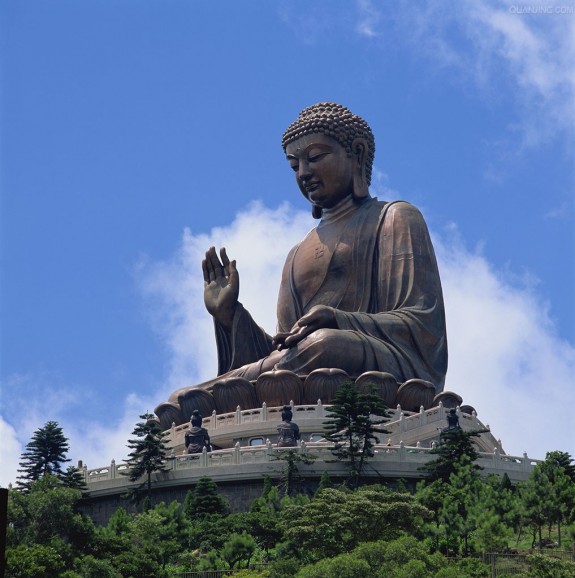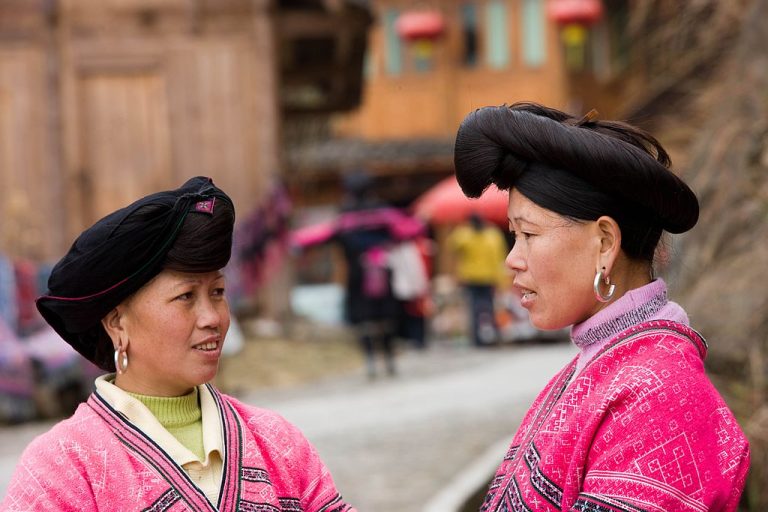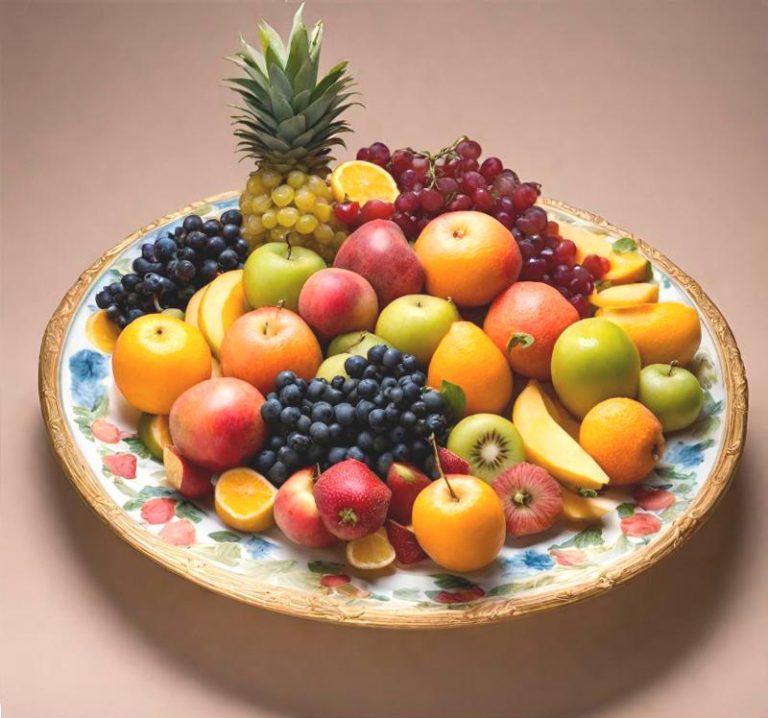Before the age of 40, much of the way a person looks is determined by genetics. But after 40, a person’s experiences and state of mind have a big impact on their appearance and personality. Since one’s temperament is reflected in one’s appearance and demeanor, you can change how you are perceived by others by changing your temperament, and improve your appearance naturally.
People who are fussy are often frowning and looking tense. Impatient people tend to have panicky eyes and lack poise. People who treat others kindly wear a natural smile, putting others at ease. A person who is easy-going will look naturally gentle and warm.
But the physical beauty of an attractive face and the deeper beauty of a serene mind can hardly be compared.
A good-looking person without a good personality or cultural refinement is bound to have limited appeal; his or her looks will decline with age. An ordinary-looking person, who treats others kindly with a generous heart and a smile, is pleasing to the eye and enjoys enduring beauty.
An old Chinese legend demonstrates this concept.
Legend shows how you can improve your appearance naturally
Success
You are now signed up for our newsletter
Success
Check your email to complete sign up
There was once a skilled sculptor who loved to make demons and monsters. His creations were vivid and lifelike.
One day, he passed by a lake. The lake was surreal and its surface was like a mirror. When he looked into it, he noticed suddenly that he looked a lot uglier than two years ago. His facial features seemed to have changed little, but his skin looked pale with a greenish-white hue as if he was sick and tired; and his eyes were menacing, erratic, and despicable.
The sculptor became panicked and grew agitated, depressed, and suspicious. He lost his appetite, tossed and turned at night, and suffered from nightmares, fearing that he would die soon.
From the time he was an apprentice, he heard from people in his village that there was a senior monk in a temple in the nearby mountains who could cure all diseases and relieve all sentient beings of their problems. Since he never believed in Buddhism and was physically strong and healthy as a child, he had never gone there. Remembering this now, he hurriedly went to the temple to seek treatment from the monk.

The old monk indeed had an all-knowing and powerful appearance. He looked kind-hearted too. The man’s anxiety reduced by half upon seeing him. He told the old monk all about his illness. The old monk listened quietly. The man was out of breath after finishing speaking. The monk patted him on the shoulder and said, “Don’t worry, sir. I can help you. But there is one condition before the treatment. You must first make a hundred Buddha statues for me,” and he pointed his finger at a Buddha statue nearby.
The next day, the man hurried up the mountain to the temple early in the morning and started working. After selecting the stone, he began to observe and study the appearance and look of the Buddha, accompanied by the sound of bells and chimes and the chanting of scriptures by the monks. Every two or three hours, the old monk would ask a young monk to bring him a bowl of brown rice porridge, which he respectfully picked up and drank, finding it incomparably delicious.
Little progress was made on that day. After only two or three chiseling on the selected stone, it was already dark. Exhausted, he went home from the mountain and went straight to bed. The next morning, he went up the mountain and continued to work, observing the Buddha statue and chiseling away.
Day after day, the craftsman became more skillful, and his work became more exquisite. He carved more statues and finished them more quickly and more perfectly. Near and far, the good men and women of faith came to admire the Buddha statues and worship. Nearby state and county officials and the gentry went to the temple to invite a Buddha statue home for prayer and worship. The craftsman was overjoyed and worked more diligently than ever.
Every day as the man went in and out of the township, climbed up and down the slope along the way of the mountains and rocks; he found trees and grasses, flowers and birds, insects and animals, the sun, moon, and clouds to be more and more familiar and dear.
For the past ten years, the man had been always busy with work and rarely left his workshop. But now he gradually became acquainted with the families, merchants, and peddlers in the towns and villages he passed through. He often helped people on the way to deliver a message, carry something, or give a hand to busy parents. He had turned the ten miles from his workshop to the temple into his own neighborhood.
Many seasons had passed when he finally finished sculpting the 100 statues of Buddha. They were so vivid and lifelike that they made people forget their worries and their hearts were at peace. The craftsman then paid a visit to the old monk and asked him to keep his promise to cure his sickness.
The old monk smiled, patted him on the shoulder, and said, “Your disease has been cured.” Saying so, he handed him a mirror.
The man took the mirror and examined his face. It was unbelievable: his facial features seemed to have changed little, but his complexion was rosy, his face was dignified, his eyes were peaceful and his gaze was clear. He realized that, indeed, from the first day he started carving, his appetite had grown, he ate well, and every night when he returned home from the mountain, he fell asleep straight away and never had a nightmare again. But all these years he only focused on the carving of the 100 Buddha statues, without noticing these changes.
He held the mirror happily, and then looked at it again and again. He found himself, other than his hair and his dress, looking quite similar to the kind-eyed old monk.













